#cape breton highlands
Text
Photography: Gavin Hardcastle via Flickr
#cape breton#cape breton highlands#Flickr#curators of tumblr#nature#nature photography#ocean#sea#canada#Nova Scotia#landscape photography#Gavin Hardcastle
3 notes
·
View notes
Text

Post card from the camping grounds of Ingonish, Cape Breton.
Nova Scotia, Canada
1950
#vintage camping#campfire light#nova scotia#cape breton#Cape Breton Highlands National Park#history#road trips#travel#camping#1950s
125 notes
·
View notes
Text

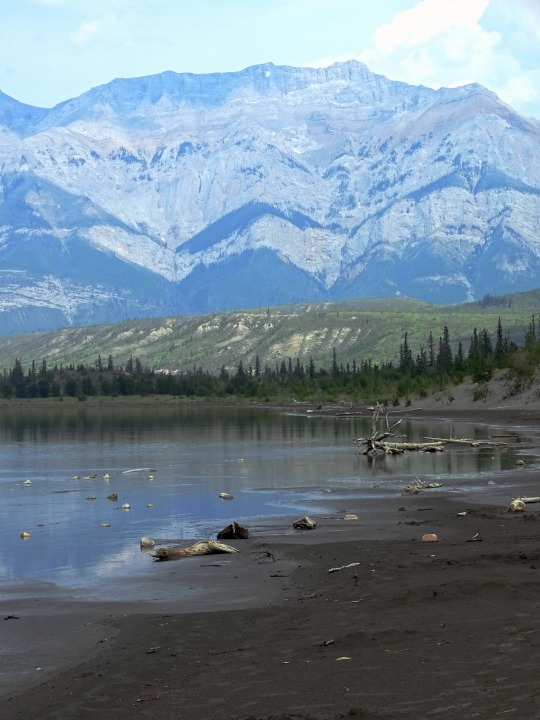

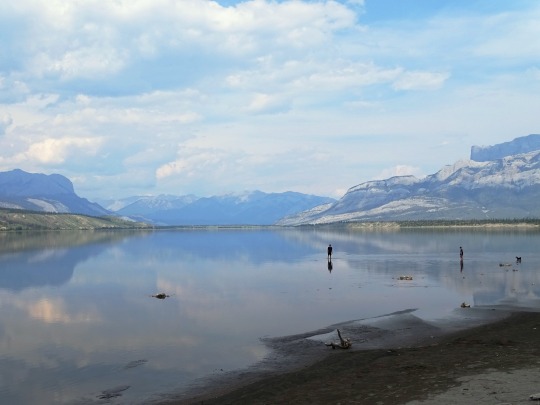
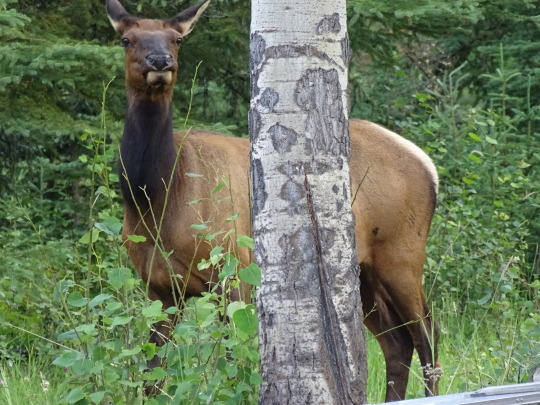
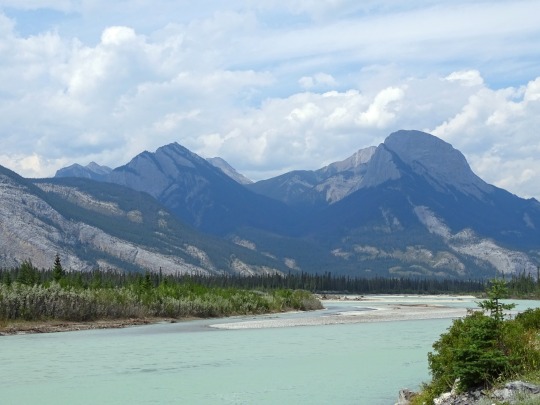


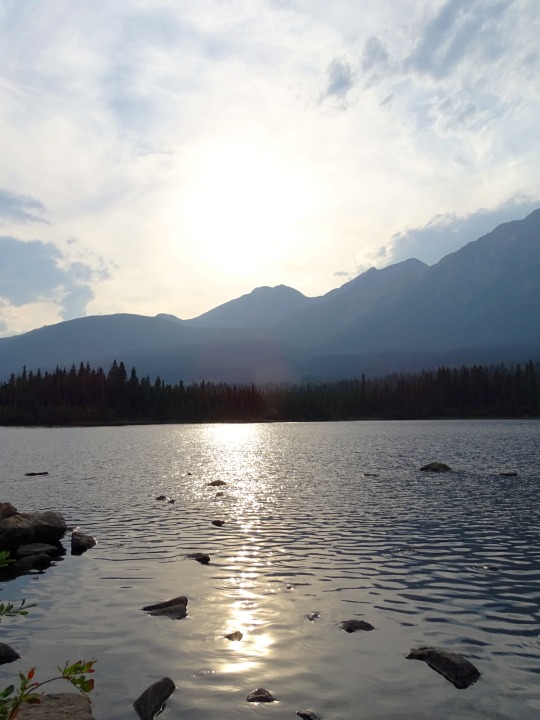

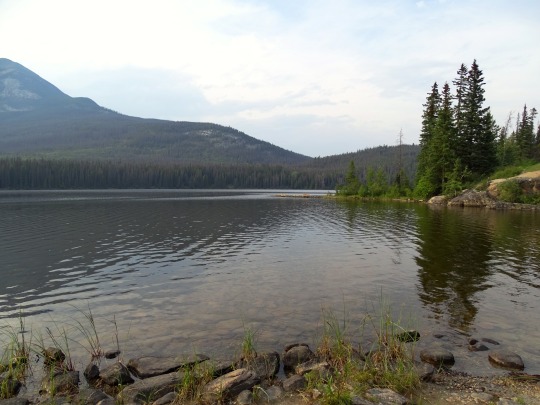
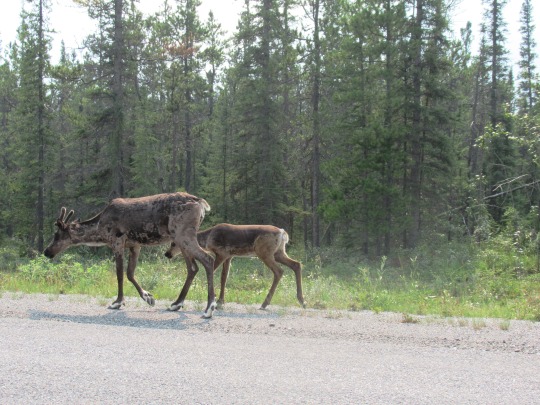

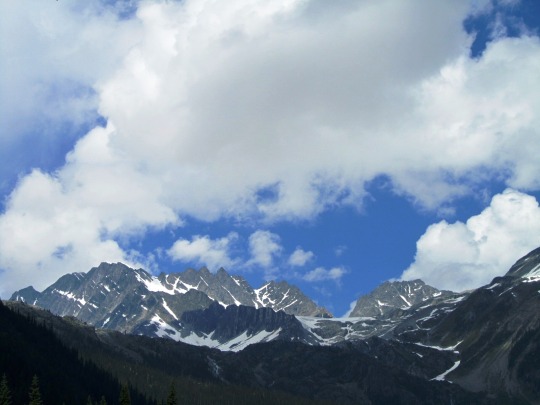

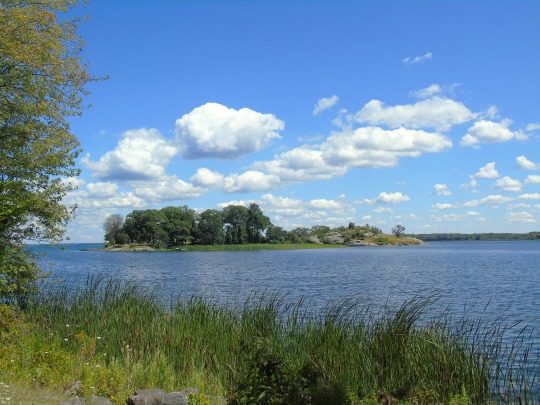
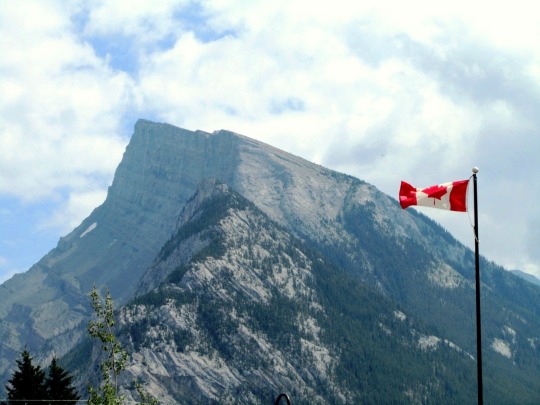






Parks Canada, the world’s first national park service, was established as the Dominion Parks Branch under the Department of the Interior on May 19, 1911.
#Terra Nova Nationalpark#Prince Edward Island National Park#landscape#countryside#original photography#travel#Yoho National Park#Banff National Park#Rocky Mountains#Lake Louise#Cascade Mountain#Parks Canada#established#19 May 1911#anniversary#Canadian history#Canada#Thousand Islands National Park#Cape Breton Highlands National Park#Rogers Pass#flora#forest#tourist attraction#landmark#vacation#Jasper National Park#elk#wood bison#caribou#wildlife
2 notes
·
View notes
Text
The Path Through Darkness
A poem inspired by a gloomy, dark photograph of the root encrusted Middle Head trail. When the path forward is unsure, shrouded in darkness, all paths, even those which dead end, move toward the light.
Stillness in dark, dense forest
Light trickles through the canopy
Enough to cast shadows of utter black
In near blackness
Trees and roots form vague outlines
A maze of a path
Upon a maze for footfalls
I stumble my way
In a direction which seems
Forward
Progress slow
Or futile
I do not know
No matter
If futile
Step back
Seek another path
In this sense
All paths lead to the light
Failure is to…

View On WordPress
#author reading#Canada#Cape Breton Highlands National Park#darkness#depression#light#Nova Scotia#photography#Pic and a Word Challenge#postaday#seeking the light#the path
2 notes
·
View notes
Text
The Execution of Canadian Private Harold Pringle. July 5, 1945.
Subscriber Content
Add content here that will only be visible to your subscribers.
Payment
Image: Private Harold Pringle. The last Canadian military member to be executed.
The Execution of Private Harold Pringle
If the Canadian public found out, there would be hell to pay. The war had been over for nearly two months, after all, and during World War II, no other Canadian soldier had been…

View On WordPress
#1940s#Canadian Army#Cape Breton Highlanders Regiment#Court Martial#Death#Execution#Harold Pringle#History Daily#Italy#John "Lucky" McGillivray#McKenzie King#Sailor Gang#The Hastings and Prince Edward Regiment
0 notes
Photo
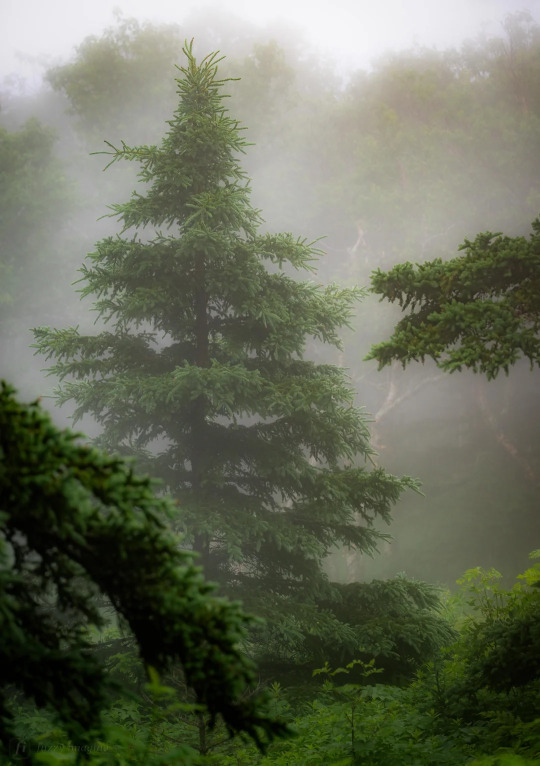
Cape Breton Highlands ~ By emgarf on Reddit
Source: https://www.reddit.com/r/EarthPorn/comments/15254ze/cape_breton_highlands_oc5264x7467/
#Cape Breton#Nova Scotia#forest#woods#fog#mist#nature#nature photography#photography#green#green gray#spruce trees
350 notes
·
View notes
Text
A few things on my couple of days in the Scottish Highlands, as I lie in bed not wanting to get up yet, for my first full day in Edinburgh (I woke up early but I'm tired).
It was, of course, incredible. Better than I imagined, in my imagination where I tried to temper expectations. There was no need to do that. I didn't do any social media posting while I was there, mainly because I was so genuinely in the moment that I didn't feel any desire to look at my phone. During the rest of the trip, I've been posting during the down time, when nothing else is happening. During the last 2 days, I had almost nothing but down time, as I was just sitting on trains, but the down time was for enjoying incredible views.
I rode the train London-Edinburgh-Glasgow-Fort William on Thursday, stayed in Fort William overnight, then on Friday got a train that went Fort William-Mallaig, then stayed in my seat while that same train went Mallaig-Glasgow. Then got another train Glasgow-Edinburgh. Since I got here, I've been thinking the train rides are so cool but too short because everything on this island is too close together. Yesterday I did not have to get up from a train seat between 8 AM in Fort William and 3:30 PM in Glasgow, so that was nice. Though with views like that, I could easily have gone longer.
I took some pictures while I was there, but not too many, because I knew pictures don't do it justice. The internet is full of pictures of those places, I've been looking at them a lot for the past year. And they're pretty, but the reality was obviously much better, and there's no way to keep that so I didn't try too hard. I also sort of don't want to reduce them to a post on social media, so I won't put those pictures here. Just trust me, mountains and ocean and train in the same place is incredible. Most incredible scenery I've ever seen in my life. The only thing that comes close is when I read tripped around NZ, but this was better because it was from a train, instead of from a van that I kept being afraid my Kiwi friends would drive off those precarious cliffs.
Recommended music pairings: it turns out that listening to the entirety of the 1993 album North Country, by Canada's Cape Breton band The Rankin Family, goes nicely with the rail journey from Fort William to Mallaig, rated on the internet as one of the most scenic train journeys in the world. For the ride back from Mallaig to Fort William, may I recommend the 1993 album Closer to Paradise, by Canada's Cape Breton band The Barra MacNeils? Something as cool as this was no time to mess around with music I'm unsure about. Have to go with Nova Scotian folk music that came out when I was three, that mybdad purchase from folk festival merch tents that year so hearing them in the living room are among my earliest memories and they're still among my favourite albums today. I've had 30 years of testing those albums enough to be sure they're the right thing to play during one of the most scenic train journeys in the world, and I was right.
...I also like saying this because I feel like I only reference music by men on here, but I do sometimes listen to women, I promise! Rankin Family and Barra MacNeils are two bands with a mix of genders, but both dominated by female vocals. And the Rankins, at least, had their membership change a bit through the years but always had more female members than male ones. Jimmy Rankin might be the only one of them who went on to a major soli career (I don't mean to disparage that, I love his solo albums), but Raylene's vocals really carried that band.
youtube
Every time I listen to the Rankin song Leis an Lurgainn, I feel like I should be listening to it while riding trains through incredible mountain scenery. I finally got to do that and confirm that yep, I have found a situation that matches the soaring sensations this song invokes.
During the bits between Fort William and Glasgow, I went with David O'Doherty's Live in His Car During a Pandemic album, for it's nice reflective vibes that pair well with mountains, it turns out. Every time I listen to this album, I feel like I should be lying on my back at the top of a hill near the ocean, in the middle of the night in a wind storm. But trains through mountains are a close second for the best environment in which to listen to it.
I mixed in some Bobby Watt, and a bunch of that song that goes by many names - Go Lassie Go, Wild Mountain Thyme, Blooming Heather, Purple Heather - and I have so many versions of it on my phone, because it's my favourite of those folk songs that everyone has covered (best versions are Kate Rusby, Bruce Guthro, and Buddy MacDonald). It's about the purple flowers that grow on Scottish mountains, and I got to listen to it while seeing the purple heather on Scottish mountains for real, and that was so fucking cool!
Then for the last couple of hours of the journey, I listened to the recording of the last night of Late 'n' Live from Edinburgh 2007, featuring Andy Zaltzman, 2/3 of We Are Klang, 4/3 of Pappy's Fun Club (Crosby, Parry, Clark, & Dodds), and David O'Doherty with Kitson compering. One of my top few favourite bootlegs and for good reason. My God was that ever funny. And such a classic that it's one of the very few bootegs I feel like it's okay to reference directly. It was 17 years ago, it counts as ancient history at this point. I am so grateful to the person who preserved that one. Every time I listen to it (which is quite a lot), I feel like I should be listening to it while arriving by train you Edinburgh for the Fringe Festival. Didn't think I'd get to actually do it one day.
All right I'm going to go have breakfast now and them go watch some comedy. Hope everyone's having a good day.
8 notes
·
View notes
Text
My Dream Role as an Environmental Interpreter
Growing up, I loved opportunities to go on camping trips to various provincial parks in Ontario. I remember visiting Balsam Lake, Sibbald Point, Six Mile Lake, Killbear and Wasaga Beach Provincial Park. I loved exploring these natural areas and discovering new landscapes and environments within Ontario.

A picture I took at Cape Breton Highlands National Park in Nova Scotia.
My ideal role as an environmental interpreter would be as a park interpreter at a provincial or national park within Canada. My role as park interpreter would involve assisting visitors to explore park trails and swimming areas while providing informational programs safely and respectfully. I would love to run programs such as nature journaling, biodiversity hikes or games such as Wolf Prowl which allows kids to take on roles as animals in an ecosystem. I would also like to help run evening programs that permit visitors to safely explore the trails in the dark which they might not do on their own. As a park interpreter, I would like to focus some programs on establishing people's relationships with nature and sustainability.
The job of an environmental interpreter would require a variety of skills to deliver effective and meaningful interpretation. The skills I first thought of included plant and animal identification and knowledge of ecology, geology, and environmental stewardship. Additional skills in mapping, GPS, and first aid would also be crucial in a role as a park interpreter. Skills in these areas will allow me to be a reliable source of information that visitors can trust with their questions regarding the natural heritage of conservation areas. These areas of knowledge and skills I have listed are essential for environmental interpretation, however, I do not think they are the most important.
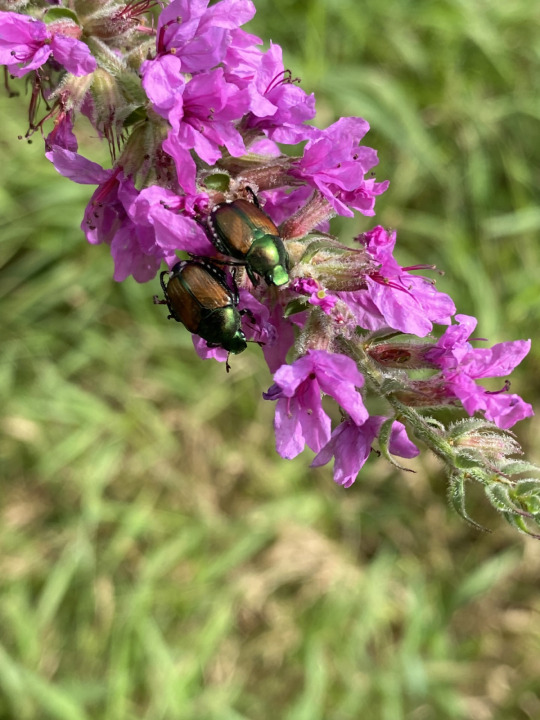
A picture I took of a Japanese beetle (Popillia japonica) on a hike on the Brook Trail in Uxbridge.
Before having the opportunity to work in outdoor education and to read the textbook, Interpreting Cultural and Natural Heritage: For A Better World, I thought knowledge of the environment would be the most important skill to have as an interpreter. However, you could have all the knowledge of nature possible but if you cannot communicate with individuals then you will not be able to effectively share the beauty of nature with others. As described by Beck et al. (2019), communication is the core of cultural and natural interpretation.
In an environmental interpreter role, I would need to be skilled in applying different learning theories and styles to communicate natural surroundings to a diverse group of people. Having the ability to use the Cognitive Development Theory through numerous interpretation forums will allow me to interact with different age groups (Beck et al., 2019). Also, having skills working with multiple intelligences will allow me to connect with a variety of people who learn in different ways (Beck et al., 2019).

A photograph I took in British Columbia at a Natural heritage site.
As an outdoor education intern, I saw many kids with different interests and ways of learning. Some kids connected better to lessons involving games such as Predator-Prey where they got to run around but still learnt about ecosystem functions. Other kids preferred to explore ecosystems through nature journaling or nature photography programs. All kids were able to leave the outdoor education center with new knowledge and new feelings toward the environment through different pathways.
By utilizing my knowledge of the environment with communication and teaching skills I could succeed as an interpreter at a natural heritage site such as provincial or national parks. Communicating my understanding of different environments and sharing my passion for nature would allow me to guide people to form their own connections and ideas of nature.
References
Beck, L., Cable, T. T., & Knudson, D. M. (2019). Interpreting cultural and natural heritage: For A Better World. Sagamore Publishing.
8 notes
·
View notes
Note
This isn’t a question but I just wanted to wish you a happy vacation in Cape Breton. My hometown is Chetticamp island (in Cape Breton) and I hope you love it!! Have the best time 🫶🏼🫶🏼
Omg hi fellow Canadian! I visited Chetticamp, Inverness and Mabou. I also visited the highlands national park and it was soooo beautiful! I have family that are from Sydney and I always love visiting ~xoxo

5 notes
·
View notes
Text
"Celebrations of the second anniversary of the Provincial Workmen’s Association [PWA], held on 2 September 1882 and detailed in the Trades Journal, signalled a new public presence for the miners in Cape Breton County. Union loyalties that had been forced underground in earlier decades were now openly and widely vaunted, and they were powerfully shaped by Highland cultural forms and symbols. At Cow Bay, members of Eastern and Banner Lodges assembled and marched in procession to welcome lodges from Little Glace Bay (Keystone) and Big Glace Bay (Wilson). “So enrapturing was Scotland’s favorite melody to whose note they marched, that the countryman is excusable who mistook them for a rising clan who had substituted the uniform blue for the Tartan.” Joining with the Glace Bay lodges about a mile outside the village, the members of the four lodges proceeded together through the Gowrie Mines and the Block House Mines before assembling on the picnic ground
At Caledonia Mines, 100 members of Equity Lodge gathered and “formed into a procession and marched gaily from thence to the invigorating strains of [a] highland pibroch,” through the “manager’s beautiful park, then to Bridgeport.” Here, the procession was joined by members of Island Lodge as well as the Reserve Mines lodge (Unity). The enlarged procession of about 450, clothed in PWA regalia, carried on through the Lorway Mines before arriving at Reserve, where several platforms had been erected in an open field. On these, the men with their “wives, sweethearts, cousins and aunts … danced to the best music the Island of C.B. could furnish.” At 12:30, the group moved to a hall where “the tables groaned under a bountiful supply of the good things of this life”; later, the manager, D. J. Kennelly, paid a visit and was “well pleased with the deportment of ‘his boys.’” Members of Equity Lodge departed afterward in order to attend a “grand ball” at Little Glace Bay that lasted until 9 p.m.
Exactly three weeks later, Drummond Lodge celebrated its first anniversary at Sydney Mines and North Sydney. A procession of 250 members of Drummond Lodge, along with members of some of the other lodges, was gathered. A correspondent reported the scene:
the order of the march was two deep. First came four pioneers followed by the ‘drum and fife’ corps, next our country’s flag, the Union Jack, next officers of lodge, next a body of at least 100 Brothers, next and near to centre, our banner borne by four bros. with the words ‘Drummond Lodge No. 8 of P.W.A.[’] on one side, and Unity, Equity, and Progress, on the other side. Close by marched two of our native pipers, who well performed their part, followed by the remainder of procession in the midst of whom were two more of our native ‘sons of heather’ with their bag pipes.
The procession moved to Albert Corbett’s storefront, where “three deafening cheers” were given to the sympathetic merchant before the group continued on to North Sydney. Here, the streets were crowded with spectators. W. H. Moore & Co., supporters of the miners in the 1876 strike, had set up a line of flags for the occasion, one of which was stamped “success to the P.W.A.” Three cheers were made for this mercantile enterprise. !e group then returned to Sydney Mines to gather at the Temperance Hall, where three platforms were set up for dancers “young and old,” “treading time to the rich violin music of Messrs. T. Ling and J. Nicholson, and to the music of the pipers.”
The place of the fiddle, pipes, and step dancing at these gatherings revealed ways in which Highland cultural traditions became integrated into the common culture of the coal country. Support from local merchants and sympathetic mine managers, as well as associations with British loyalism, confirmed the sense of a stable and powerful PWA presence. And the processions through the coal villages carried considerable symbolic importance as a claim upon public space. !is was the environment that sustained the Lingan strike. The Glace Bay Mining Company had agreed to take on workmen from Lingan as Drummond operated, in effect, as adviser to the company; the Cape Breton PWA lodges contributed to a fund to support the strikers; and William McDonald accommodated the Glace Bay Mining Company and the prevailing feeling on the ground. The miners and the PWA commanded considerable local strength."
- Don Nerbas, “‘Lawless Coal Miners’ and the Lingan Strike of 1882–1883: Remaking Political Order on Cape Breton’s Sydney Coalfield,” Labour/Le Travail 92 (Fall 2023), 107-109.
#cape breton#glace bay nova scotia#coal mining#coal miners#mining company#resource extraction#resource capitalism#nineteenth century canada#working class struggle#union organizing#social history#canadian history#working class history#academic quote#reading 2024#scottish immigration to canada
4 notes
·
View notes
Photo

Cape Breton Highlands [5504x7681][OC]
14 notes
·
View notes
Text
I love it when Parks Canada posts about the Cabot Trail at Cape Breton Highlands NP! I wonder if they can tell us more about how they built it??????
5 notes
·
View notes
Photo


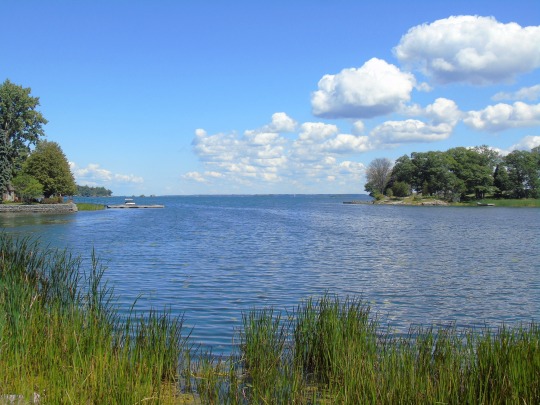

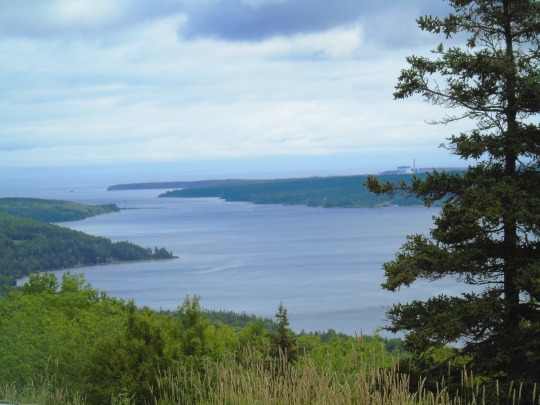

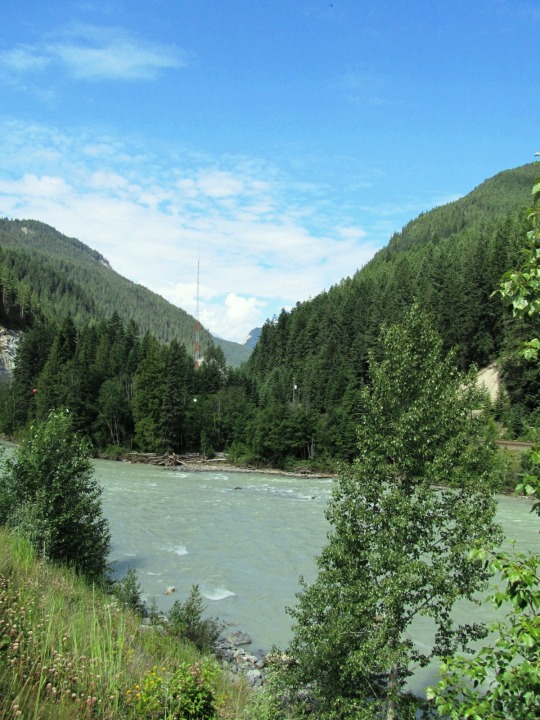
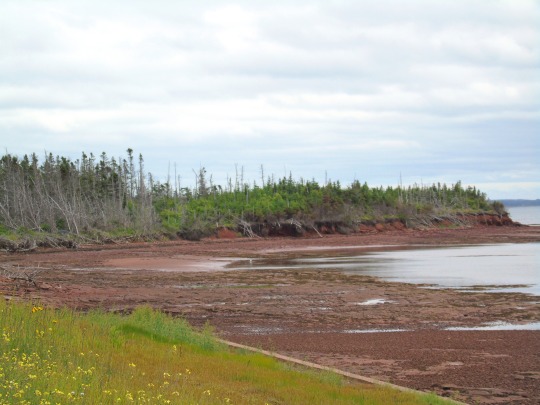


Parks Canada, the world’s first national park service, was established as the Dominion Parks Branch under the Department of the Interior on May 19, 1911.
#Thousand Islands National Park#St. Lawrence River#Ontario#Nova Scotia#Cape Breton Highlands National Park#Prince Edward Island National Park#travel#Banff National Park#Cascade Mountain#Rocky Mountains#Alberta#Canada#Lake Louise#Yoho National Park#Parks Canada#established#19 May 1911#anniversary#Canadian history#original photography#forest#woods#flora#nature#tourist attraction#landmark#summer 2012#2015
10 notes
·
View notes
Text
Fearless
Fearless
She danced
As if everyone was watching
Everyone was
She danced
All the better for it
Though some grew anxious as
She danced
Fearless
Fearless
She danced
As if everyone was watching
Everyone was
She danced
All the better for it
Though some grew anxious as
She danced
Fearless
Continue reading Untitled

View On WordPress
#anxiety#Canada#Cape Breton Highlands National Park#dance#dancing#fear#Nova Scotia#performance#photogaphy#postaday#sculpture#travel
2 notes
·
View notes
Text



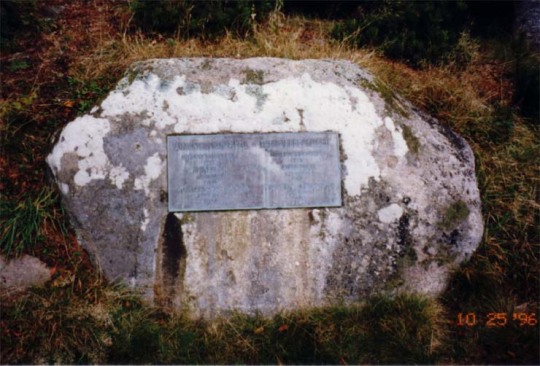
On August 2nd 1922 Alexander Graham Bell, the inventor of the telephone, died.
Bell, best known as the inventor of the telephone, also made other significant contributions to society during his extraordinary life. He created other useful tools and devices, he made a lifelong commitment to deaf education, and he helped fund some of the most influential periodicals of the time just as they were getting off the ground.
But I've covered most of that in previous posts, so I have decided to delve into his visions and his philanthropy. Bell is overshadowed by his fellow Scot Andrew Carnegie in the philanthropist work, and rightly so, however we shouldn't overlook his own endeavours.
Here are a few quotes from Alexander that resonate today.
“There is no reason why we should not use the roofs of our houses to install solar apparatus to catch and store heat received from the sun.” 1914
“It will not be long until a man can take dinner in New York and breakfast the next morning in Liverpool.” 1896
“The day will come when the man at the telephone will be able to see the distant person to whom he is speaking.” 1906
“The unchecked burning of fossil fuels would have a sort of greenhouse effect…” 1917.
Most of these the work the following work primarily in North America, but we have to remember he lived there the majority of his life.
A number of Foundations and organisations that are legacies to Alexander Graham Bell include he Alexander & Mabel Bell Legacy Foundation, dedicated to continuing the Bells' scientific and humanitarian interests and spirit of innovation.
Alexander Graham Bell Foundation, which, through advocacy, education, research, and financial aid, AG helps to ensure that every child and adult with hearing loss has the opportunity to listen, talk, and thrive.
Alexander Graham Bell founded Association for the Deaf and Hard of Hearing in 1880, it helps families, health care providers, and education professionals understand childhood hearing loss and the importance of early diagnosis and intervention.
Bell served as a citizen member of the Smithsonian Board of Regents, provided seed money for the Smithsonian Astrophysical Observatory, donated collections to the National Museum, and arranged for the move of James Smithson's remains from Genoa, Italy, to the Smithsonian Institution in 1904.
Bell was also one of the founders of National Geographic, which to this day has conservationists, philanthropists, young activists, scientists fighting environment and Conservation ·issues.
In Elgin, Moray we have The Alexander Graham Bell Centre for Digital Health, a research, education and business hub, it is part of The University of Highlands and Islands
Over his lifetime, Bell wrote nearly a thousand pages of essays about education of the deaf. He spoke at innumerable conferences and testified before committees, created and funded a national organization for teachers of the deaf.
Alexander Graham Bell died of complications arising from diabetes on this day 1922, at his private estate in Cape Breton, Nova Scotia, at age 75. His last view of the land he had inhabited was by moonlight on his mountain estate at 2:00 a.m. While tending to him, Mabel, his wife, whispered, "Don't leave me." By way of reply, Bell signed "no…", lost consciousness, and died shortly after.
On learning of Bell's death, the Canadian Prime Minister, Mackenzie King, cabled Mrs. Bell, saying:
My colleagues in the Government join with me in expressing to you our sense of the world's loss in the death of your distinguished husband. It will ever be a source of pride to our country that the great invention, with which his name is immortally associated, is a part of its history. On the behalf of the citizens of Canada, may I extend to you an expression of our combined gratitude and sympathy.
Bell's coffin, as seen in the third pic, was constructed of Beinn Bhreagh pine by his laboratory staff, lined with the same red silk fabric used in his tetrahedral kite experiments. To help celebrate his life, his wife asked guests not to wear black (the traditional funeral color) while attending his service, during which soloist Jean MacDonald sang a verse of Robert Louis Stevenson's "Requiem":
Under a wide and starry sky,
Dig the grave and let me lie.
Glad did I live and gladly die
And I laid me down with a will.
Upon the conclusion of Bell's funeral, for one minute at 6:25 p.m. Eastern Time, "every phone on the continent of North America was silenced in honor of the man who had given to mankind the means for direct communication at a distance". Alexander Graham Bell was buried atop Beinn Bhreagh mountain, on his estate where he had resided increasingly for the last 35 years of his life, overlooking Bras d'Or Lake.[ He was survived by his wife Mabel, his two daughters, Elsie May and Marian, and nine of his grandchildren.
7 notes
·
View notes

